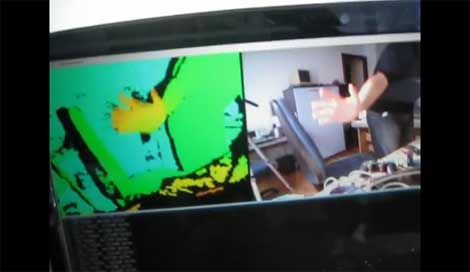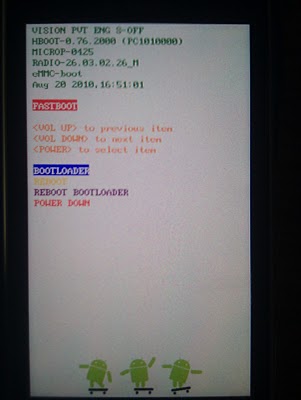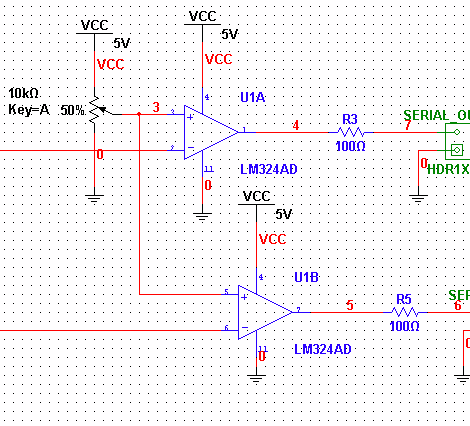
The competition for the first Open Source driver for the Kinect is heating up. [Marcan42] has released a driver that does video and depth. He was able to do this without an Xbox and you can see it in action after the break. [LadyAda] has been hard at work as well, recording and dumping the data, and even writing a “hello world” that utilizes the motors in the Kinect.
We don’t know for sure how [Marcan42] recorded his data, but we can see [Ladyada] is using a high speed Beagle USB 480 to record the data going both ways between the Xbox360 and the Kinect. That’s the kind of toy we would like to have sitting around. For those who don’t know what all the fuss is about, there’s a contest to see who can get an open source driver out there first. The prize has grown every time Microsoft says something bad about it.
[thanks Rapps]
Continue reading “Kinect Open Source Driver Demo And Hacking”












